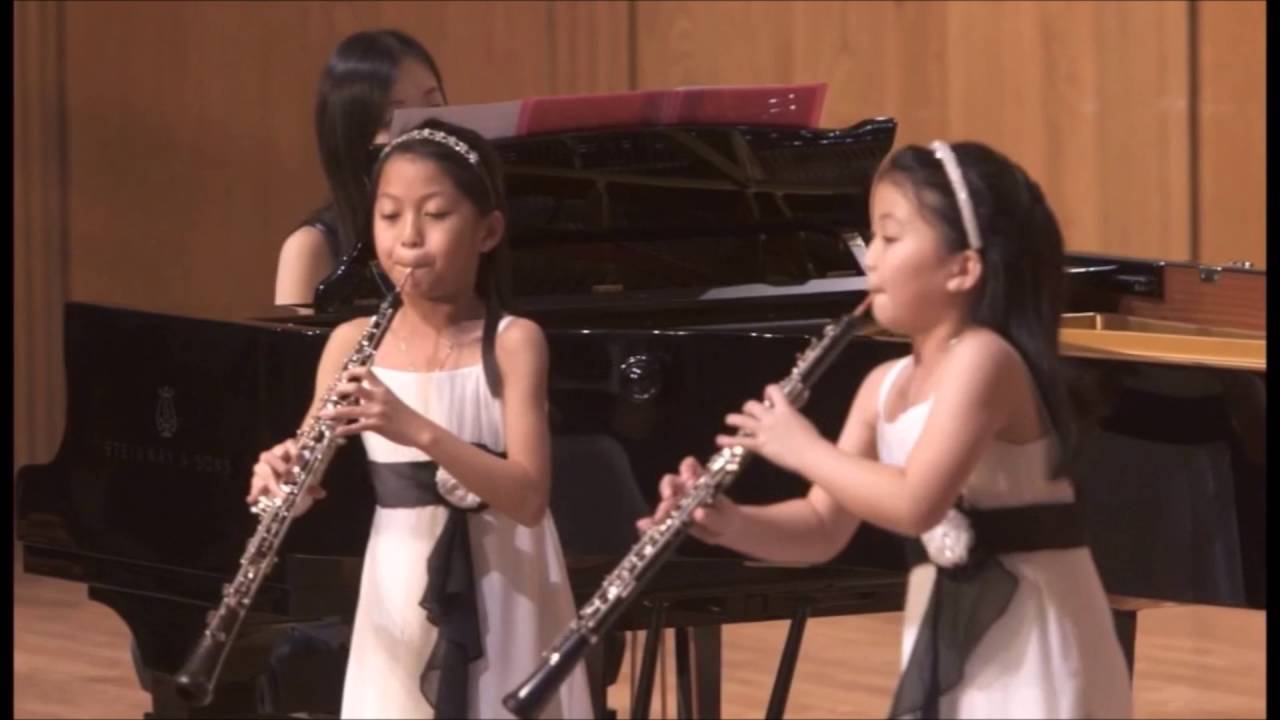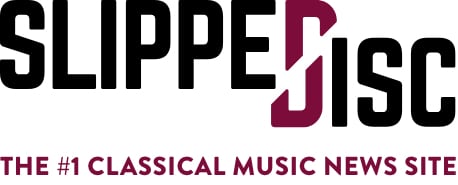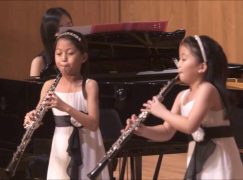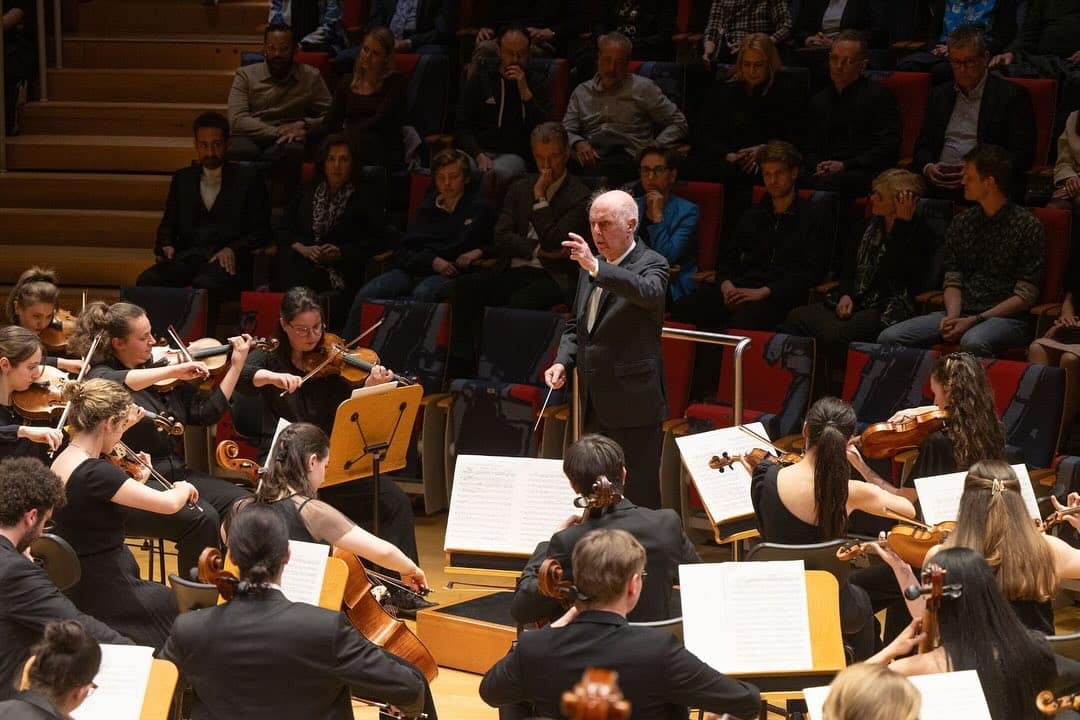Warning: US schools are not Covid-ready for music
mainThere has been a stern warning from Dr Adam T Schwalje, Resident Physician , Otolaryngology – Head and Neck Surgery at University of Iowa Hospitals and Clinics and author of an assessment of Covid risks in playing wind and woodwind instruments – on the dangers posed by US schools guidance for the coming year.
I read with interest and some alarm the National Association for Music Education (NAfME) and National Federation of State High School Associations (NFHS) Fall 2020 Guidance for Music Education (NAfME / NFHS Guidance). As many music educators and administrators are planning for return to school in the fall, it is vitally important that those in leadership roles, especially, are clear-headed about the excess risks, above and beyond the background risk of spreading SARS-CoV-2, that may go hand-in-hand with some kinds of music making and teaching. While the NAfME / NFHS Guidance often mentions ongoing areas of scientific research – and both groups have been strong proponents of this work – there is, unfortunately, insufficient scientific evidence to support several aspects of their suggested risk mitigation strategies. Relying on the NAfME / NFHS guidance may put teachers, students, and their families at increased risk of spreading SARS-CoV-2. For a full review of these issues please see https://medicine.uiowa.edu/…/wind-instrument-aerosol-covid-….
If, as the NAfME / NFHS Guidance states, we still need “to learn how COVID-19 may spread via aerosol distribution in music and develop mitigation techniques to prevent or lessen aerosol distribution during singing and playing of wind instruments,” it is incumbent on administrators and leadership to acknowledge that in-person lessons and ensembles using wind instruments might increase risk of spread of COVID-19. The NAfME / NFHS Guidance suggests “If providing in-person, indoor instrumental ensemble experiences, teachers may focus on chamber music with smaller groups of students due to social distancing constraints.” However, simple social distancing would not protect against the possible aerosol spread by wind instrumentalists, and as mentioned above, risk mitigation strategies are under active investigation. If, as the NAfME / NFHS Guidance asserts, “students should not play recorders in school until the results of the COVID-19 aerosol study are complete,” then the safest course of action would be to not play wind instruments in school until those studies are complete, also. It should be explicitly stated that any other course of action may increase the risk of COVID-19 spread.
The NAfME / NFHS Guidance contains procedures for beginning instrumental demonstrations and fittings. These procedures allow for students to play shared wind instruments as little as 5 minutes apart, after cleaning mouthpieces using guidelines for hard, nonporous surfaces. There is potential for significantly elevated risk if students play wind instruments that have just been played by another student, even if mouthpieces have been cleaned and disinfected. Sharing of instruments in this way should not be attempted until much more is known about the possible infectivity of the droplets deposited inside instruments – especially for beginners whose mechanism of sound production may be nonstandard. There is no validated method to clean or disinfect instruments. Another issue, not mentioned in the NAfME / NFHS Guidance, is that sharing of reeds in this context, even if cleaned with alcohol, is not safe. Reeds are not a solid surface and therefore the CDC guidelines for cleaning cannot be applied to them.
NAfME and NFHS have been strong proponents of scientific study into the potentially increased risks associated with music making in the COVID-19 era. As this study is ongoing, it is vitally important that leadership be clear about the uncertainties involved in any proposed risk mitigation strategy.







Comments